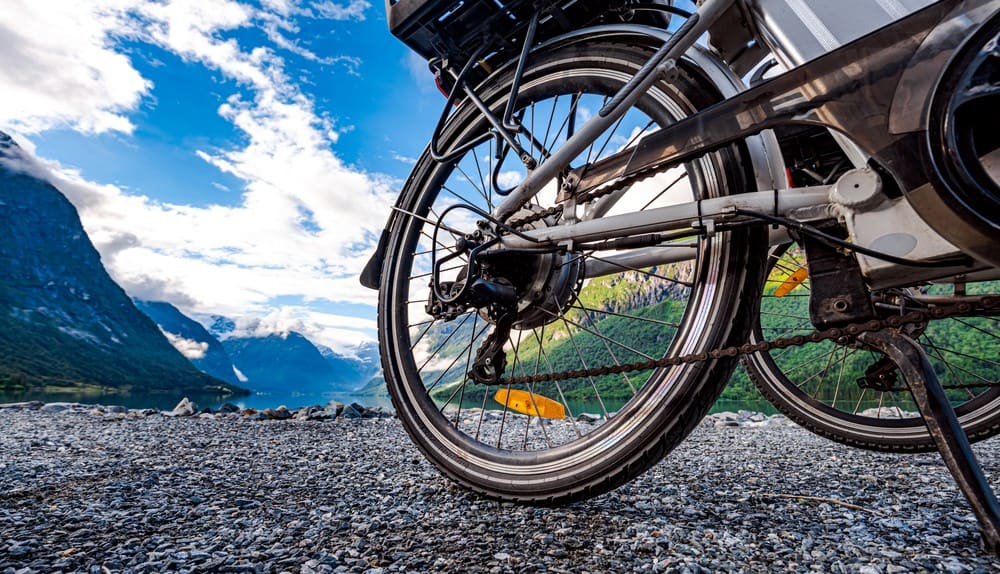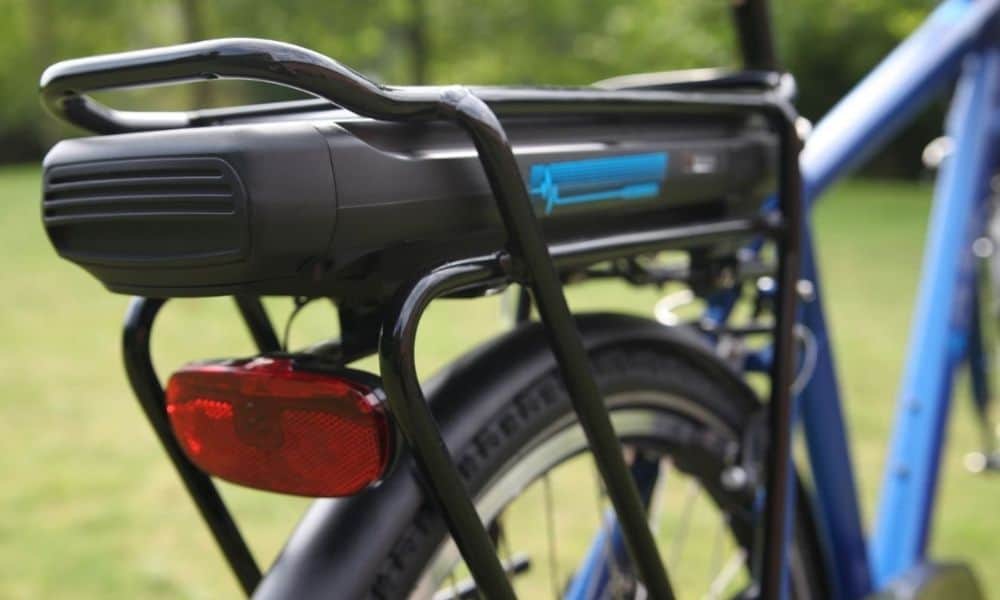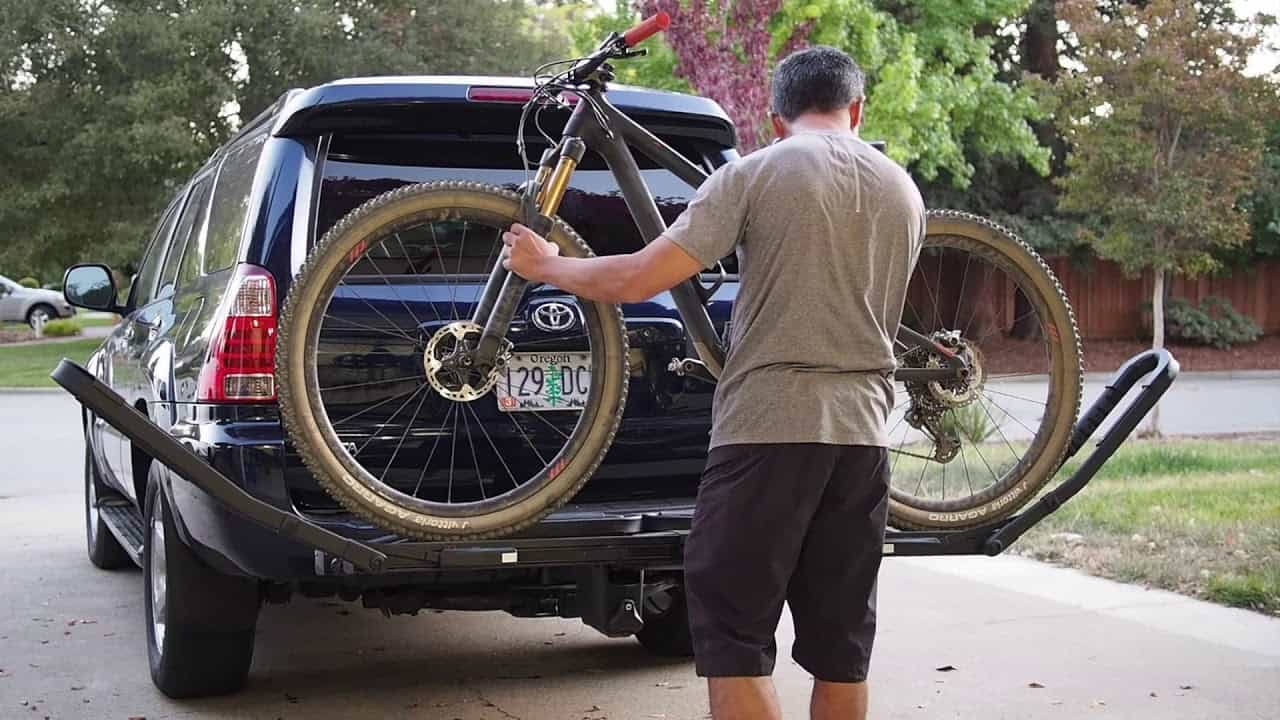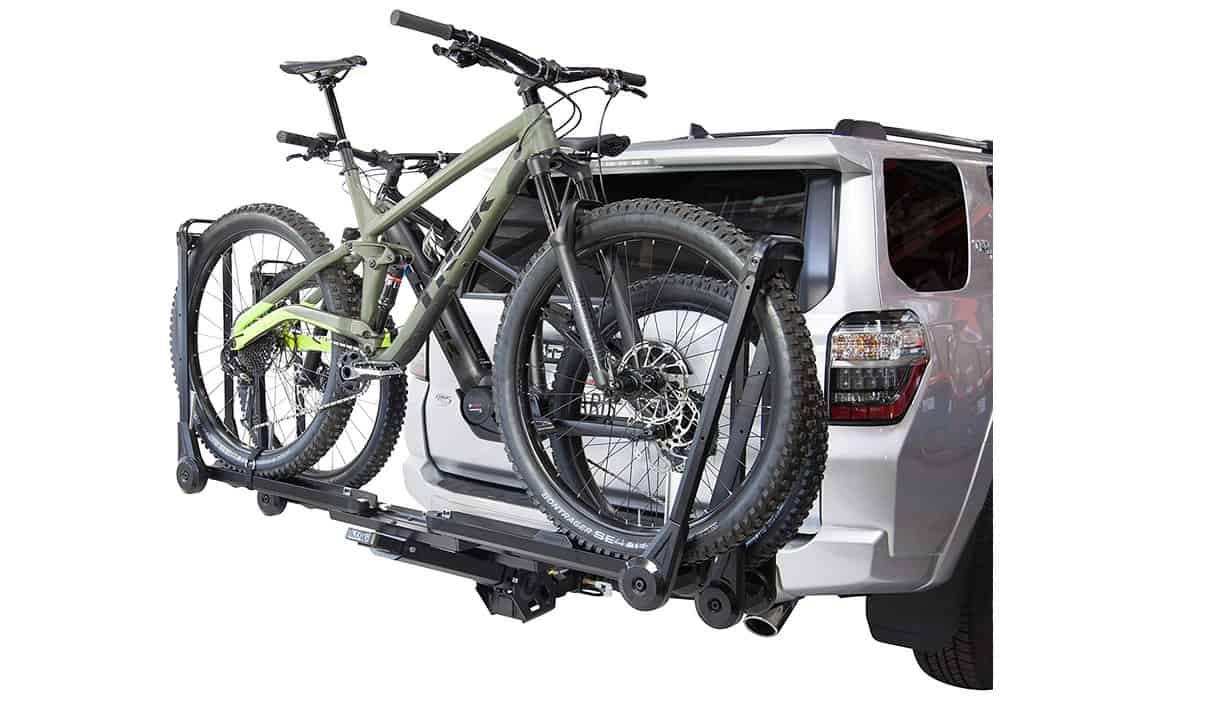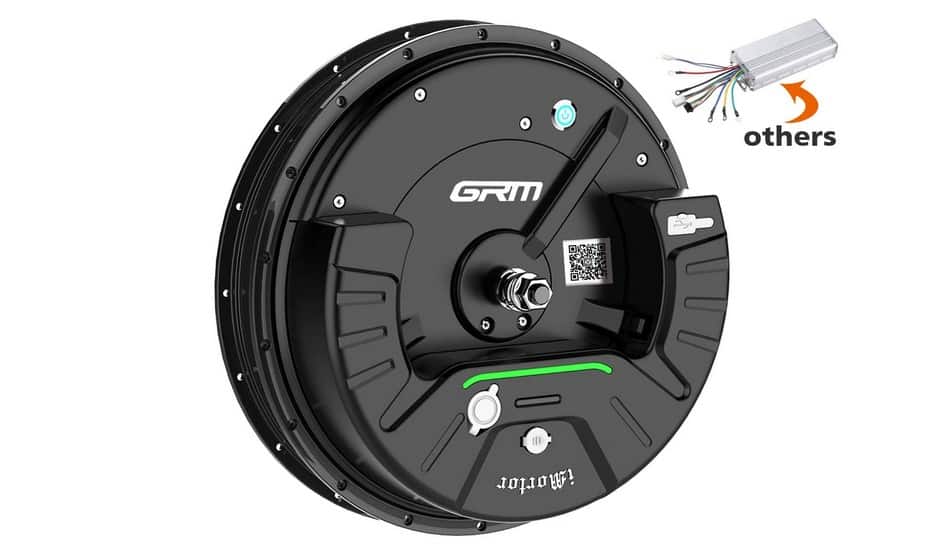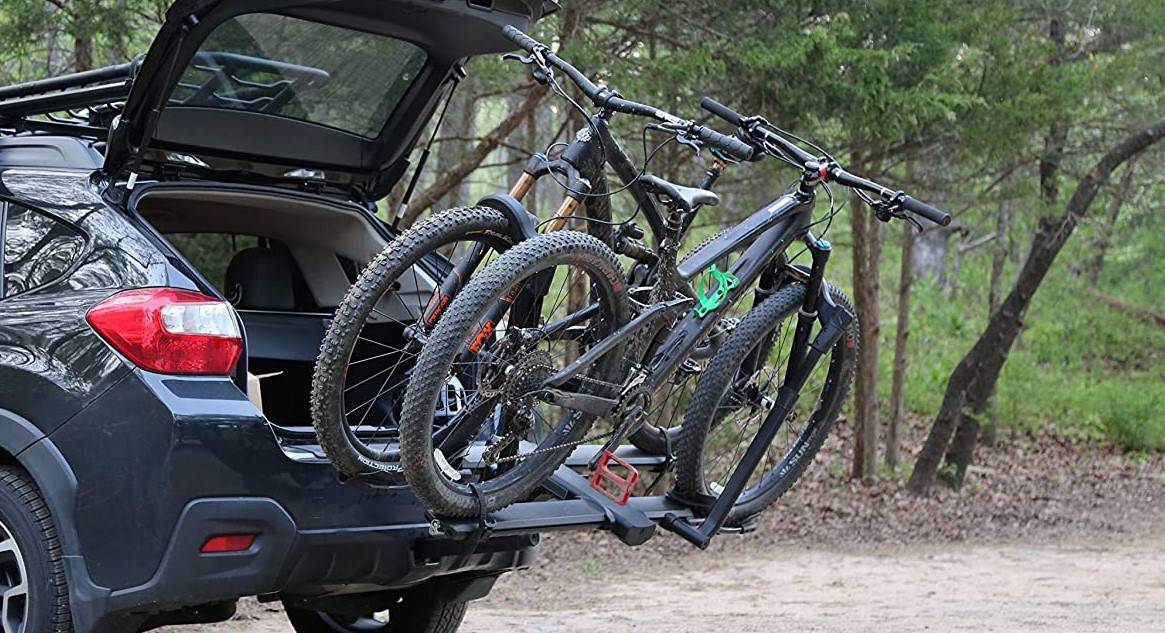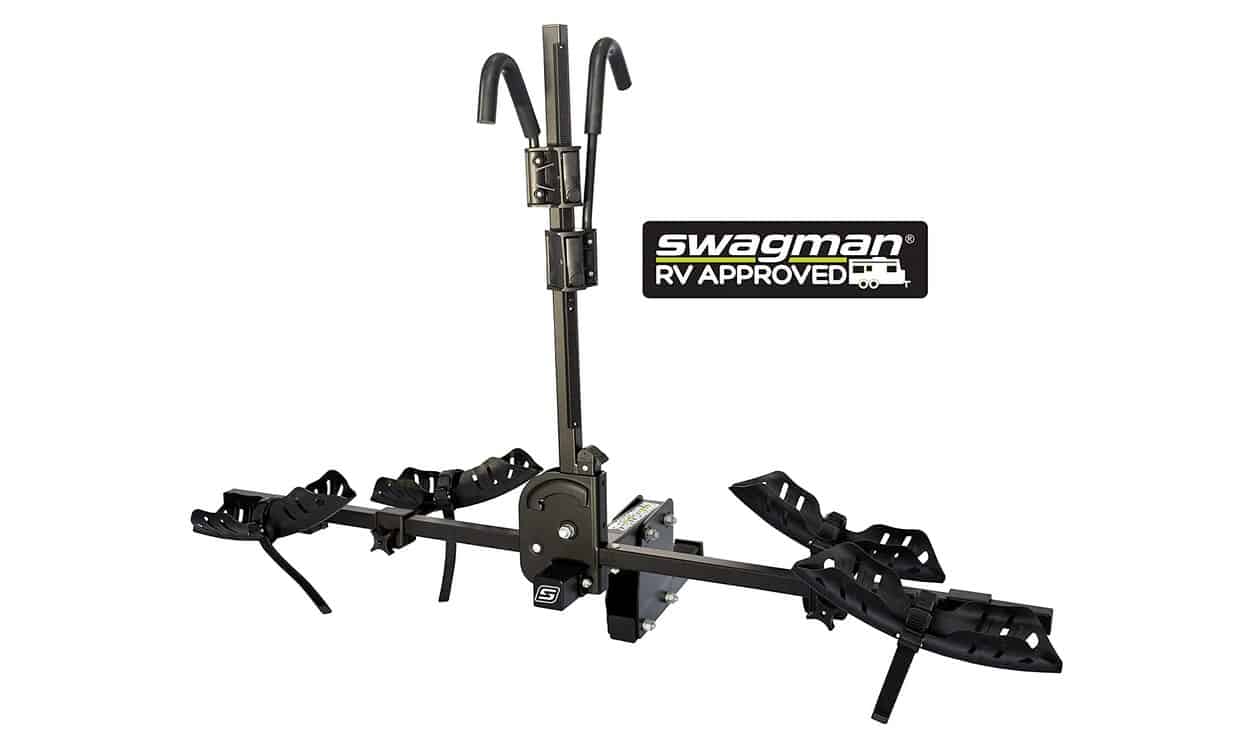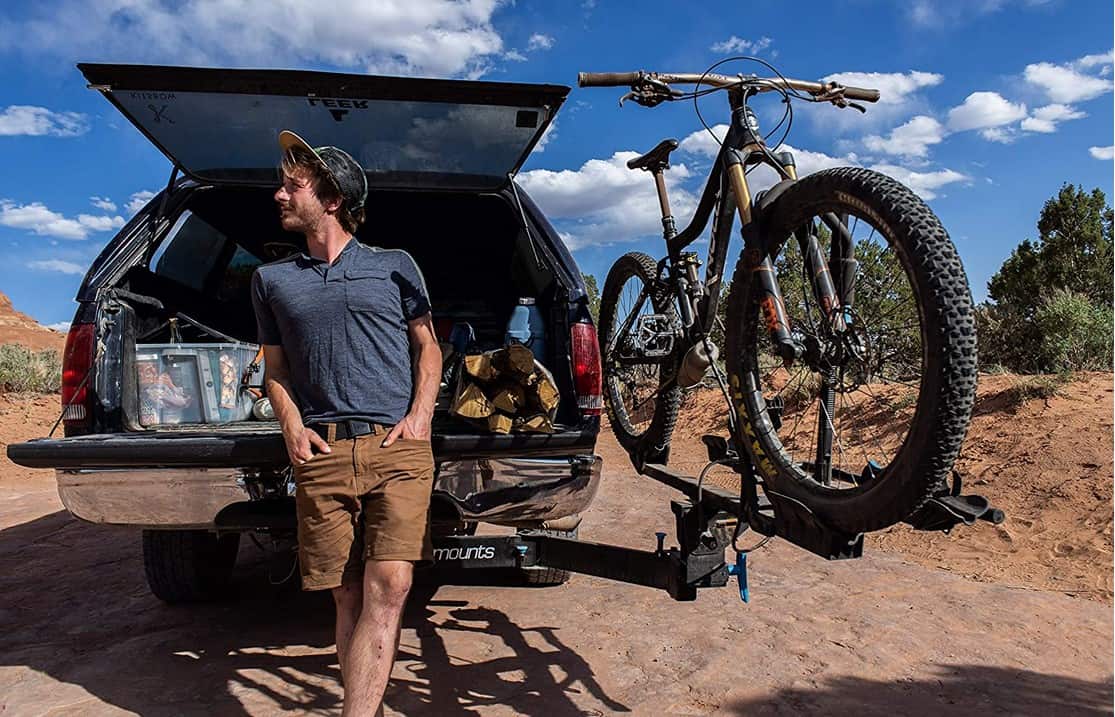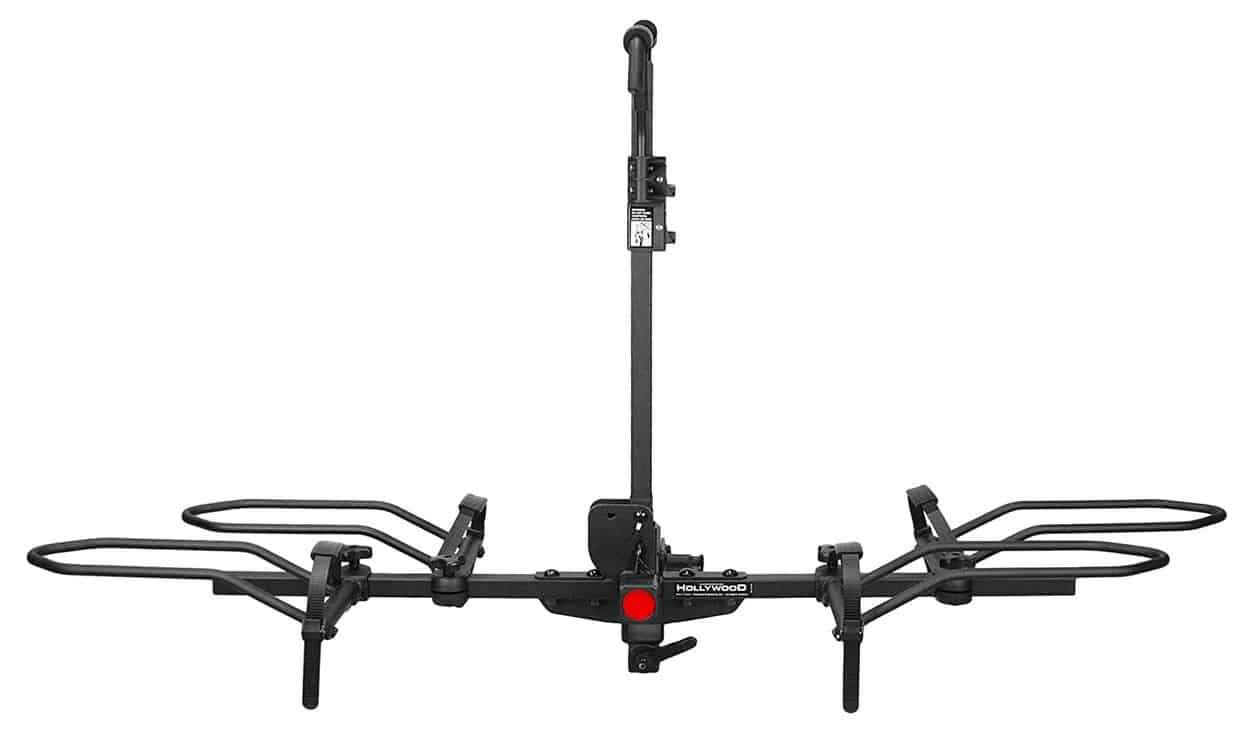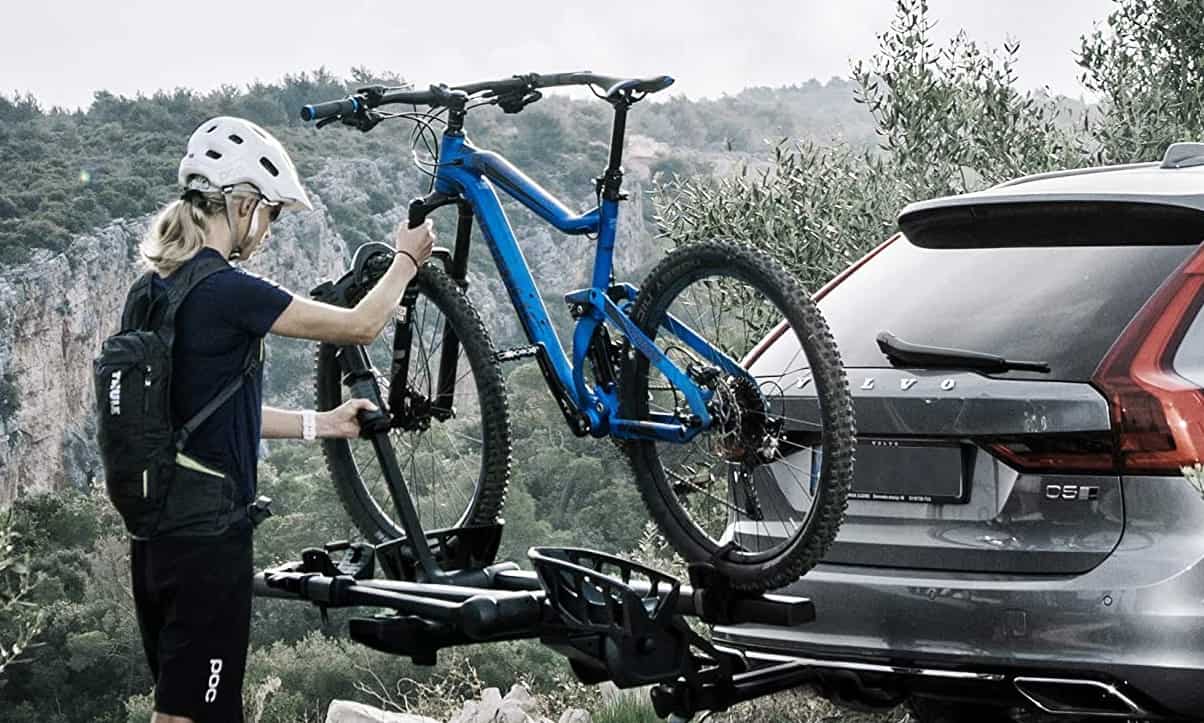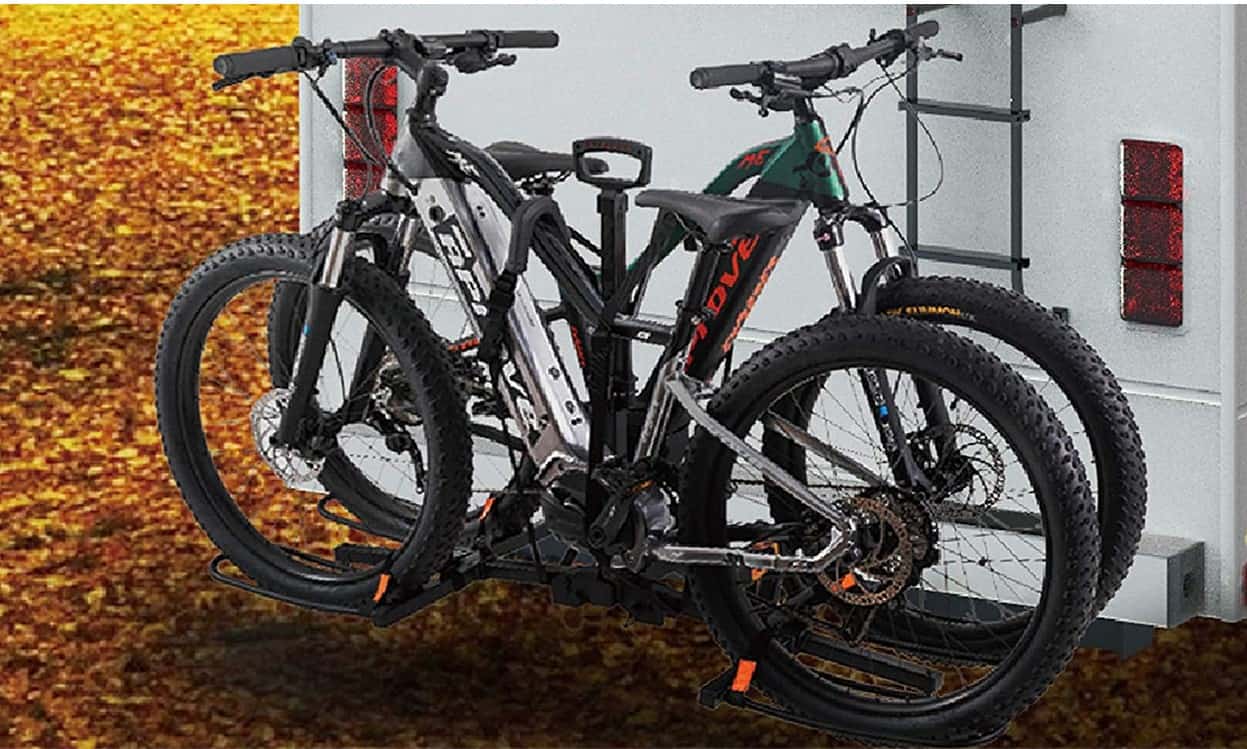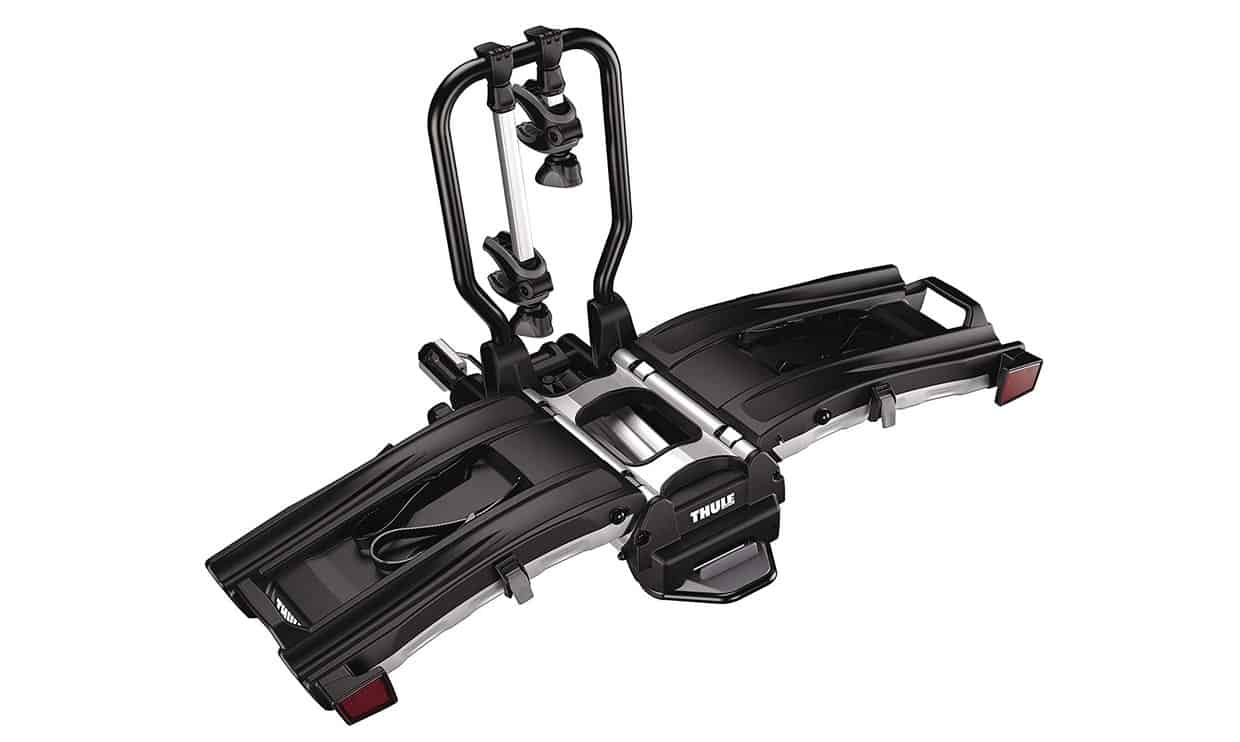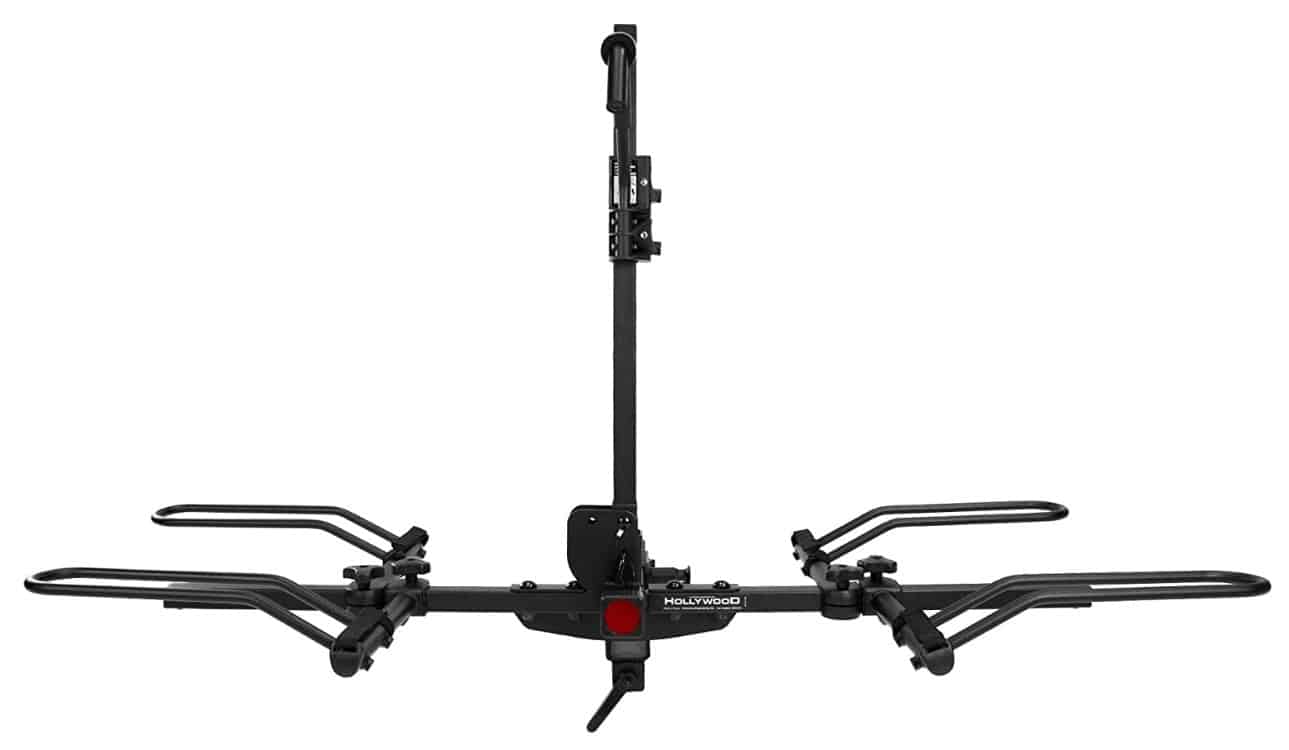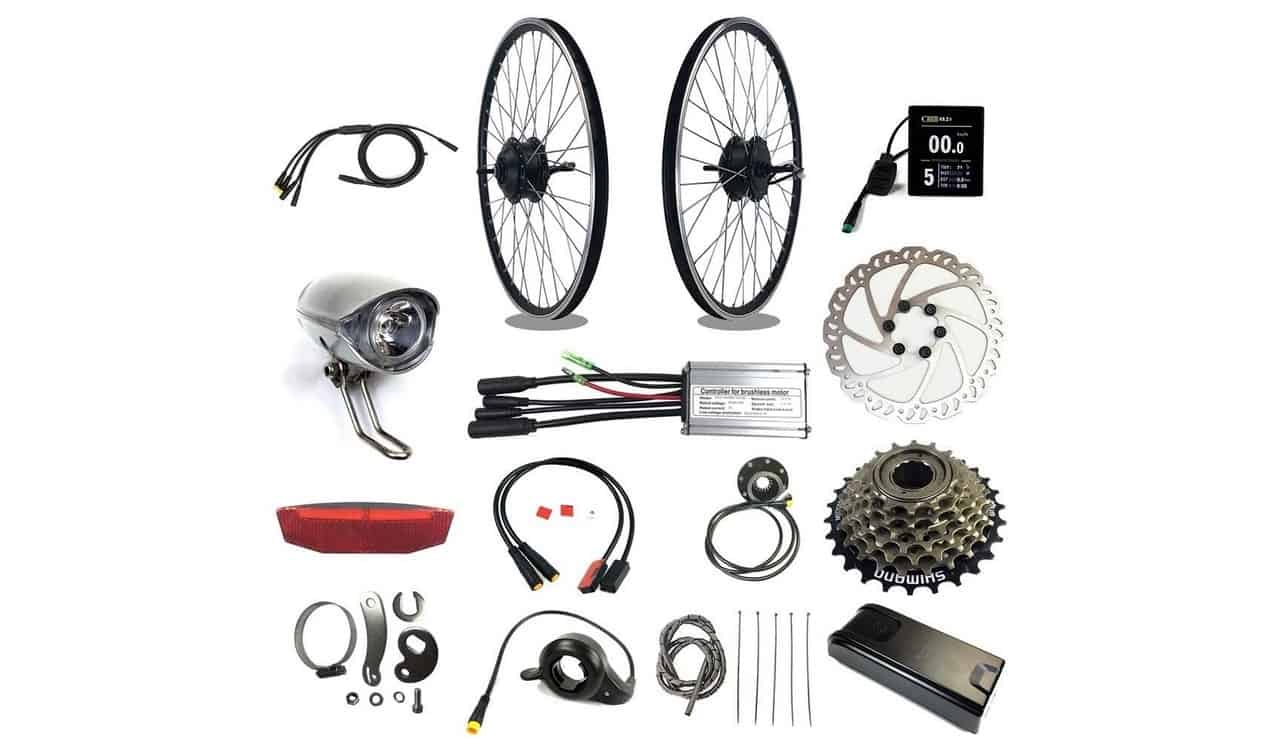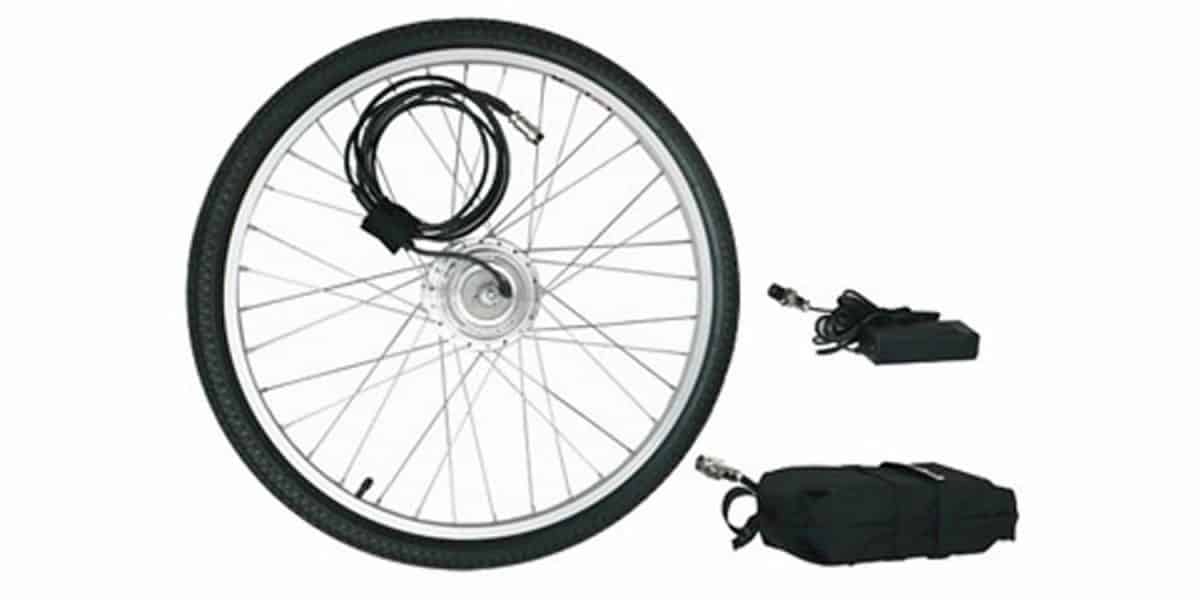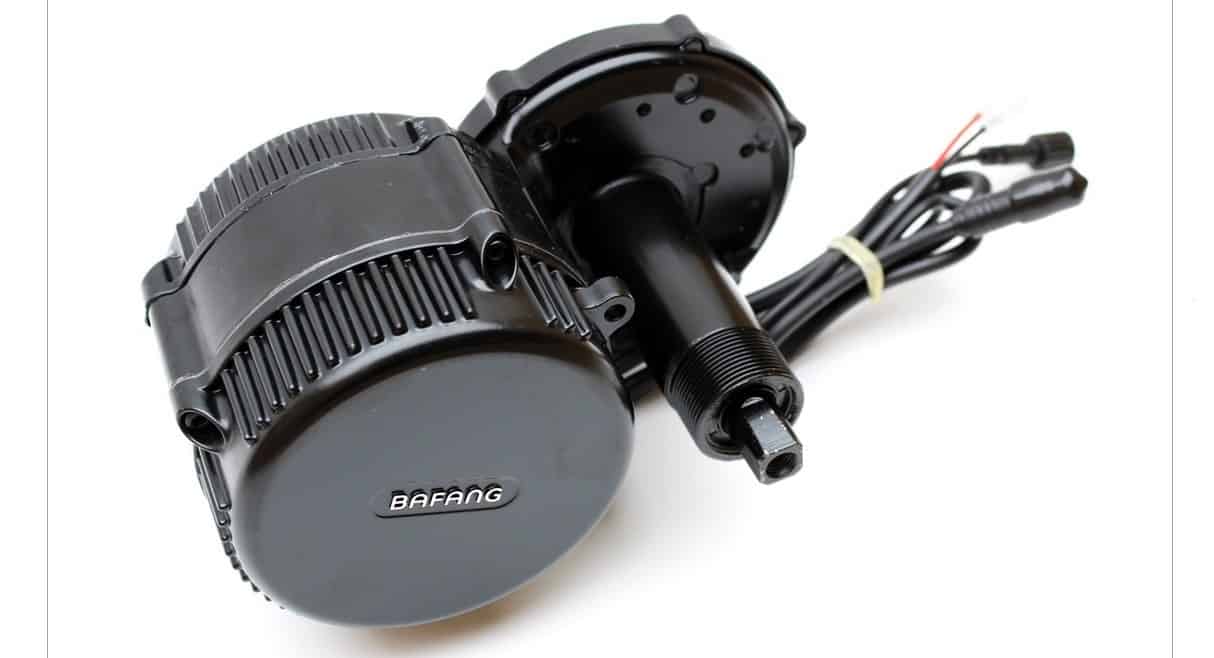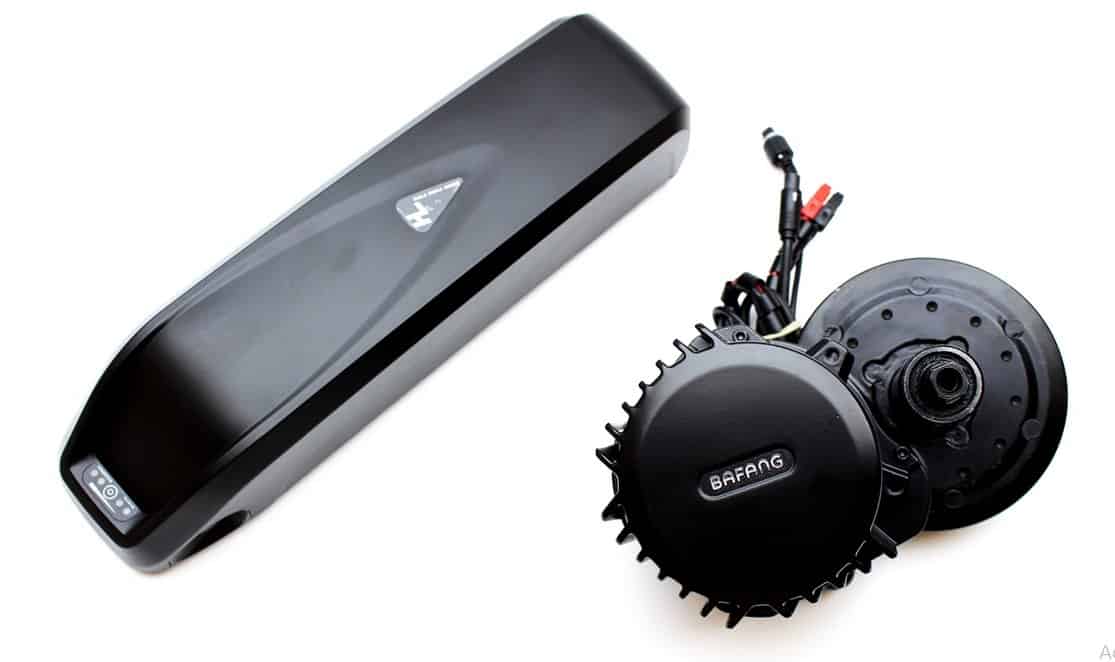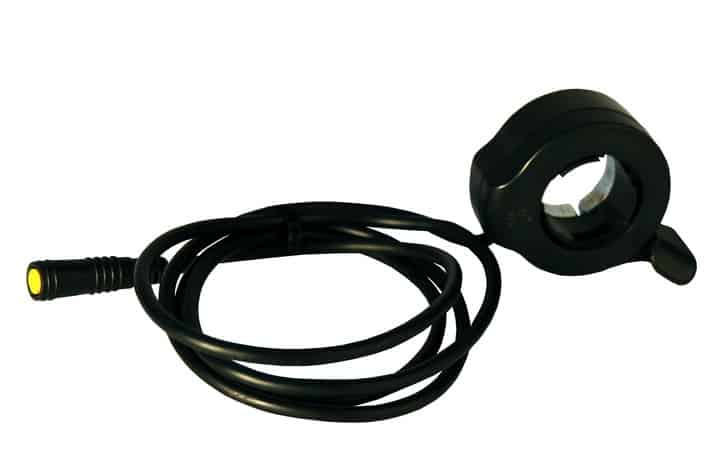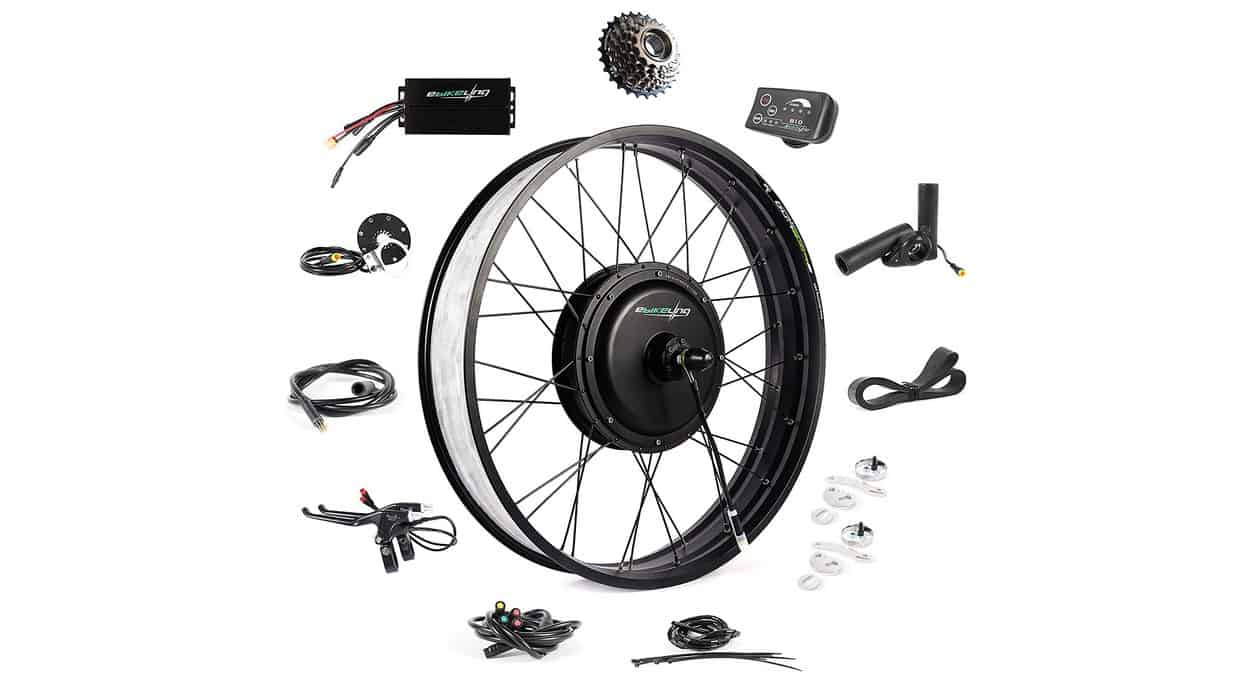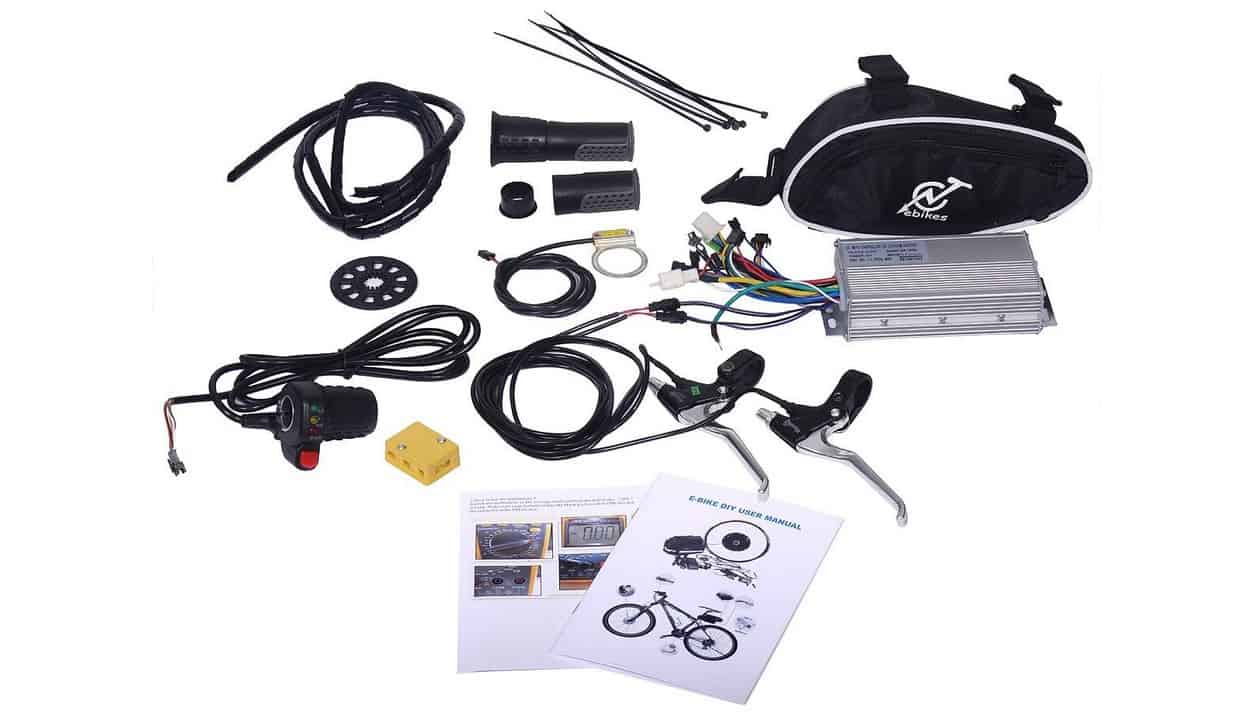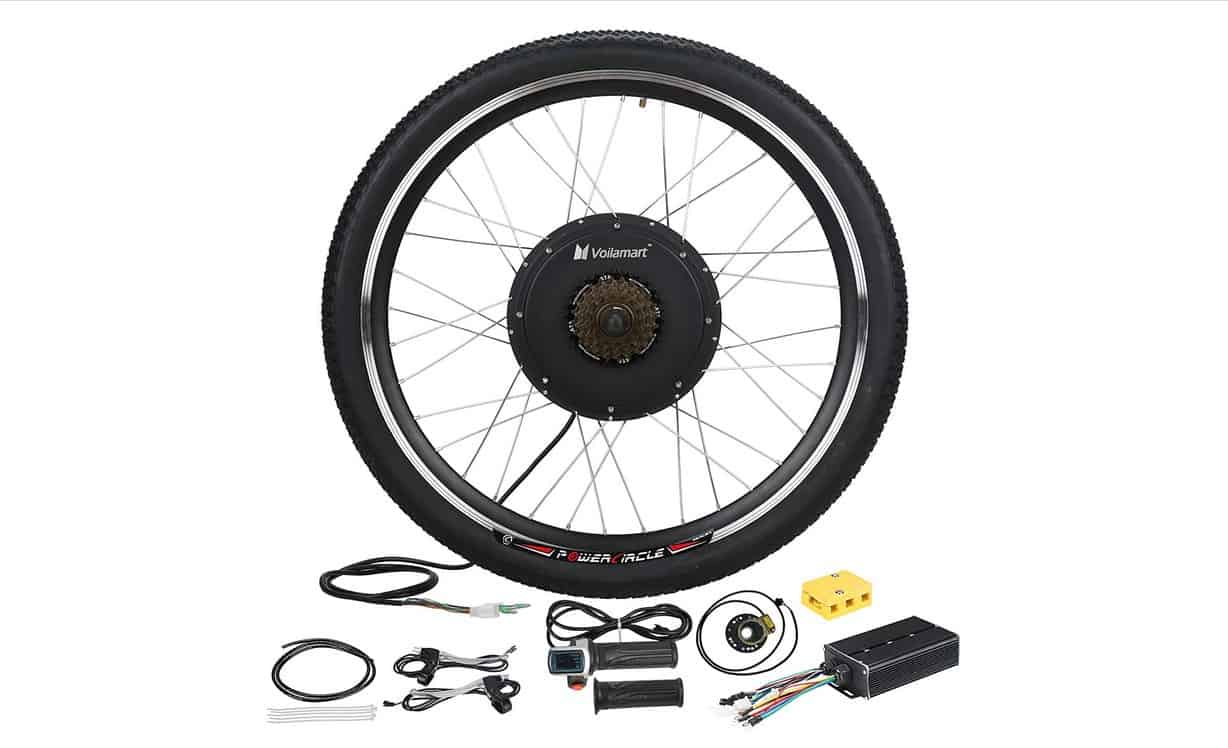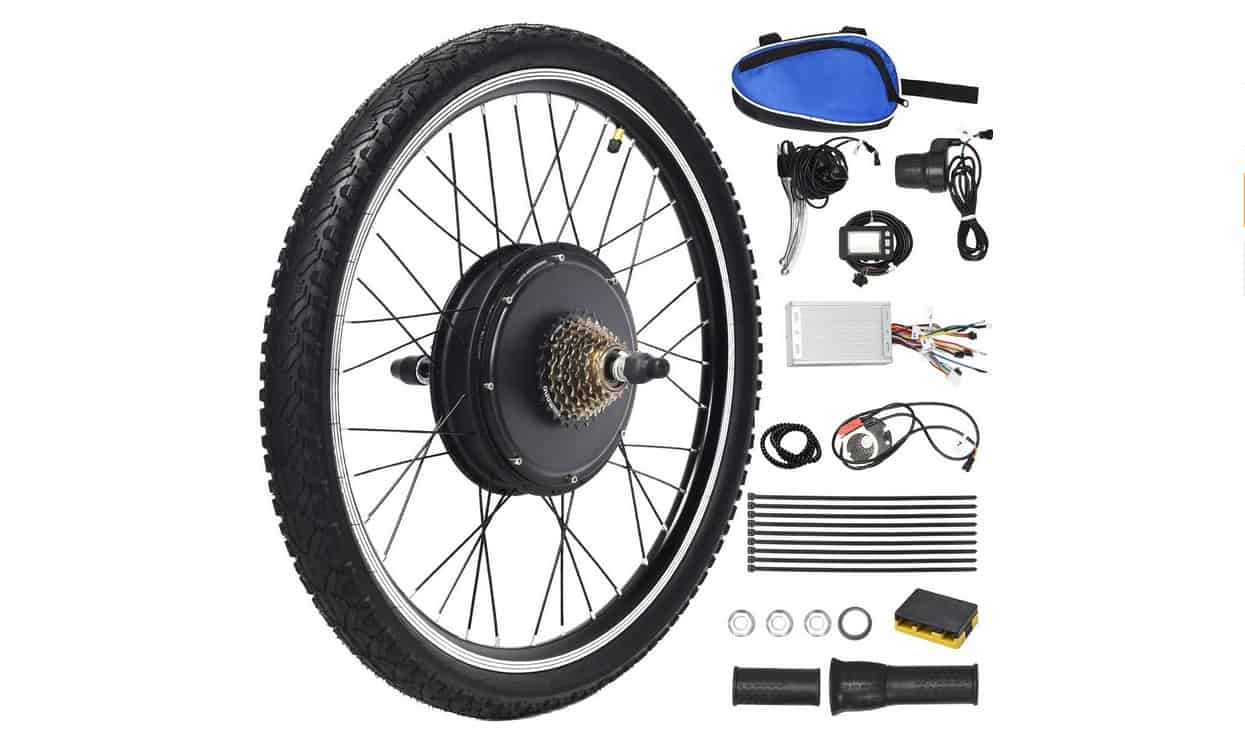Proper programming is essential to get the most out of any external motor controller such as the 36-volt Pro 902 or similar. In many cases, you can use the supplied HDMI interface to perform a simple setup, or you can connect your controller to a PC for advanced settings. And this is important if you want to ride on what is considered a top-performance ebike.
KEY TAKEAWAYS:
- Programming your e-bike controller allows for variable assist
- The right controller settings help save battery charge
- Controller settings may allow for an external display
- It’s important to match the controller amps with your battery output
What a Motor Controller Does
An e-bike motor controller takes input in form of current from the battery and sensor readings from the motor. It then and outputs a signal to the motor and any connected peripherals such as a battery voltage meter, tachometer, or speedometer.
Primary Controller Function
The main job of a motor controller is to ensure the motor runs at the right speed and gets the right amount of current. It’s important to pair the right controller with your eBike motor and battery setup. Make sure the controller rated Amps is higher than the Amp rating of the battery pack. The voltage should match the voltage of your battery pack and motor. A 36 volt pro 902 motor from Golden Motor, for example, would need a 36-volt external controller.
Protection Benefits of an E-bike Motor Controller
The external controller can provide overvoltage protection and over-current protection, potentially saving the battery and motor from excess heat and damage. Some controllers also offer motor speed regulation.
These features, along with a competent battery management system, will help extend the life of electric bicycle lithium batteries and manage the current flow to allow hub motors to provide smooth, reliable starts.
Square Wave vs Sine Wave
The so-called square wave or trapezoidal wave controllers tend to be cheaper and draw a little less power, while sine wave controllers allow for smoother acceleration and less noise.
Hall Sensor, Dual Mode or Sensorless
If your motor has hall sensors, it will run most smoothly on a controller that takes sen r input, meaning a hall sensor controller or dual-mode controller. A dual-mode controller offers the additional advantage of allowing for continued operation in case one of the sensors or sensor wires gets damaged. Sensorless motors require the use of a sensor-less controller.
Choosing Controller Settings
The right settings will depend on the motor you’re using:, as well as the mounting position, throttle, and pedal-assist desired, as well as any peripherals you want to connect, such as a light or speedometer.
Input from Battery Systems
Make sure the controller is right for your high voltage battery. Set battery current limits to a safe level below the maximum discharge current of the battery pack. Make sure the controller is matched with the voltage; a 48V battery requires a 48-volt controller, or else you’ll have to set limits that mean working at a reduced capacity.
Programming Your eBike Controller
Throttles and Pedal Assist Settings
If your electric bike is using twist throttles, you can adjust its sensitivity using a programmable controller. You can also adjust pedal-assist ratios with some units.
Startup Current
To avoid overheating and provide smoother starts, you can also set limits to the startup torque by limiting the instantaneous current draw. This is more often an issue with direct drive hub motors than with geared motors.
Peripherals
Many external controller units for the Golden Motor 36-volt and similar motors allow for the use of a battery discharge indicator and other display and safety devices like a speedometer and cycle counter.
To connect the peripherals, make sure the controller you’re using supports the wiring type, and then connect the wires to the proper ports on the controller box.
F.A.Q.
How do I program my eBike controller?
Most eBike controllers like the V3 Cycle Analyst use a USB programming cable or HDMI programming cable that you can connect to a simple user interface device or a PC. Once connected, you’ll be able to set the parameters for your eBike motor.
Does an eBike need a controller?
All brushless DC motors need some type of controller to act as a way of setting the motor’s speed. E-Bike controllers also have the function of integrating all the bike’s electrical components and protecting the motor and battery from overcharging.
How long do eBike controllers last?
If properly programmed and set up for the motor type (direct drive motor or geared motor) and the battery chemistries, they should last about 10,000 miles or more.
STAT: E-Bike controllers can operate at a temperature of around 5-40 degrees Celsius. (source)
REFERENCES:
- https://bmd2019.figshare.com/articles/conference_contribution/Design_of_an_Electric_Bicycle_Speed_Controller/9937091/1
- https://www.marketsandmarkets.com/Market-Reports/electric-bike-market-110827400.html
- https://web.archive.org/web/20110718160416/http://www.zilog.com/docs/z8encoremc/appnotes/AN0260.pdfr
- https://goldenmotor.bike/product/bafang-bbs02b-36-volt-350-watt-mid-drive-kit/
- https://ebikes.ca/product-info/grin-kits.html

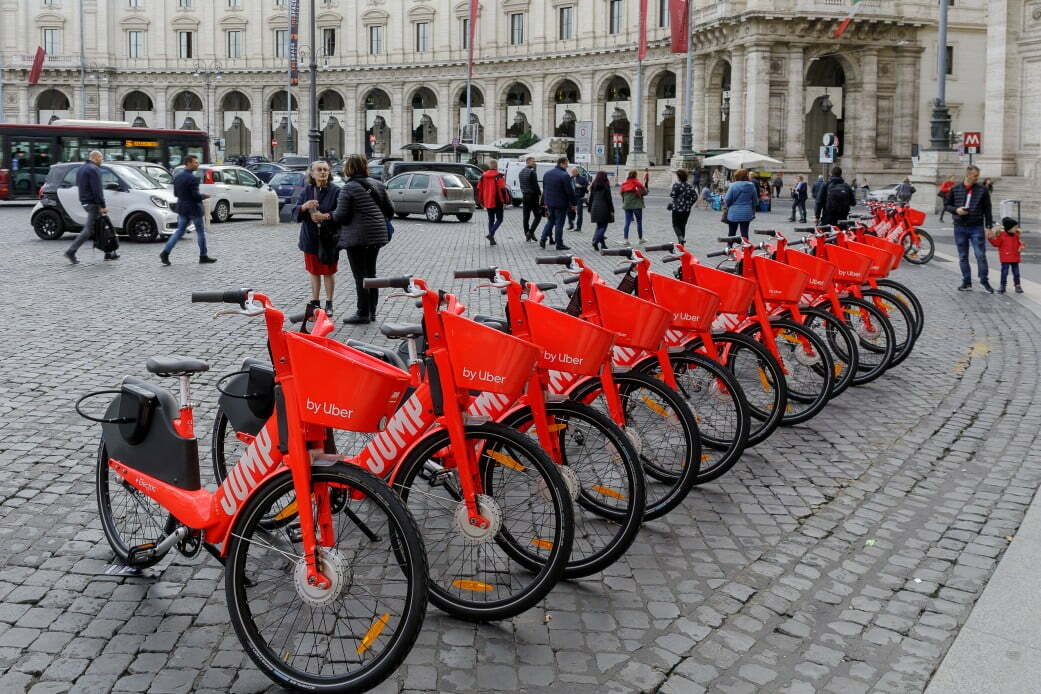













![Best Batteries for Electric Bikes in [year] 7 Best Batteries for Electric Bikes in 2026](https://www.gadgetreview.dev/wp-content/uploads/best-battery-for-electric-bike.jpeg)
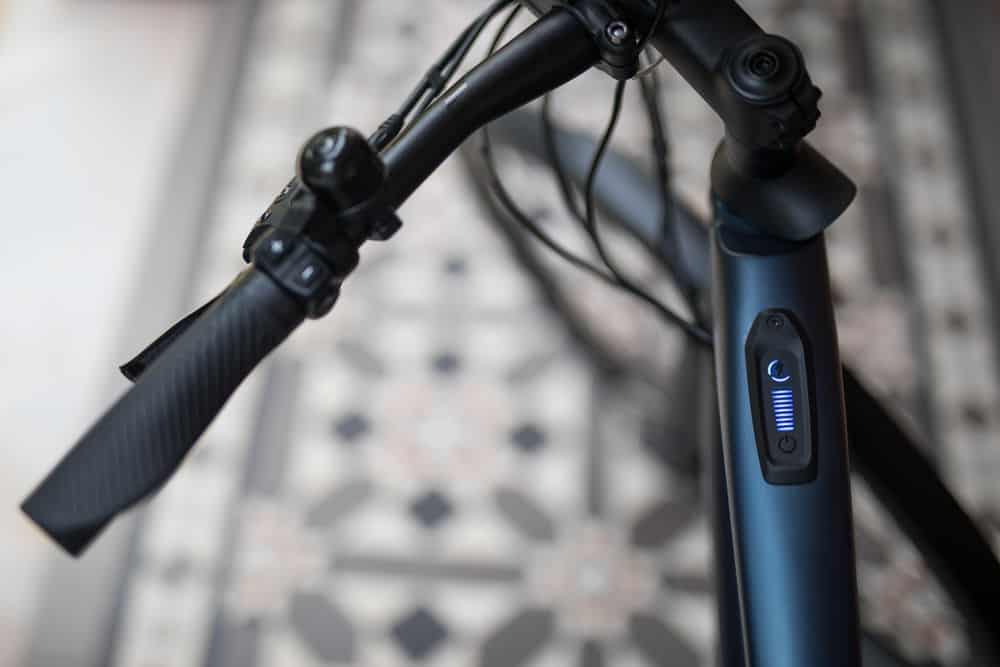
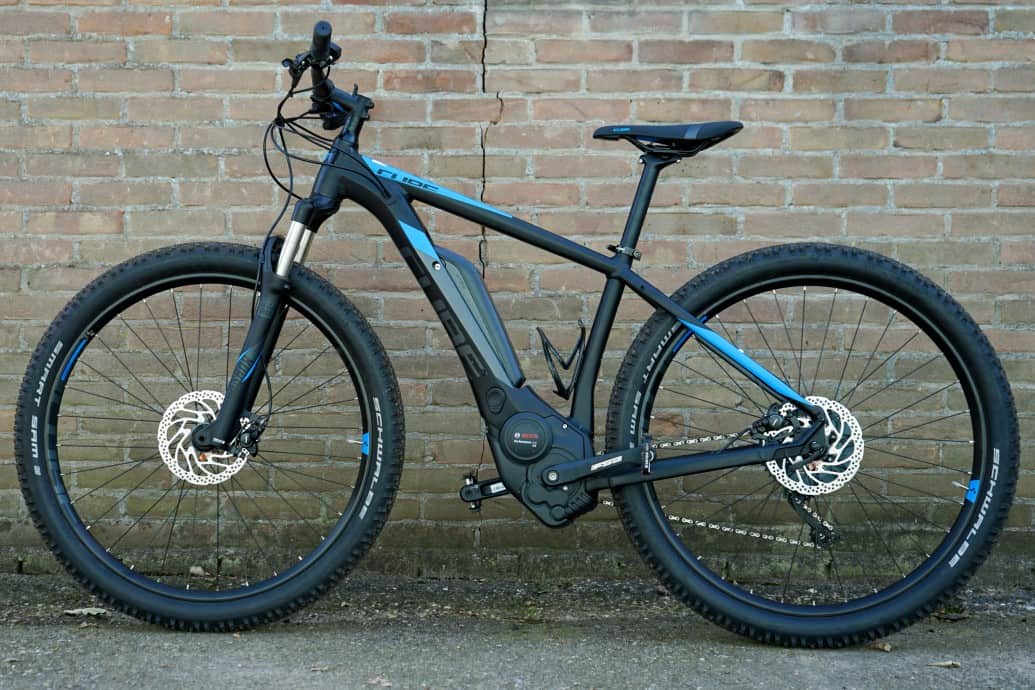
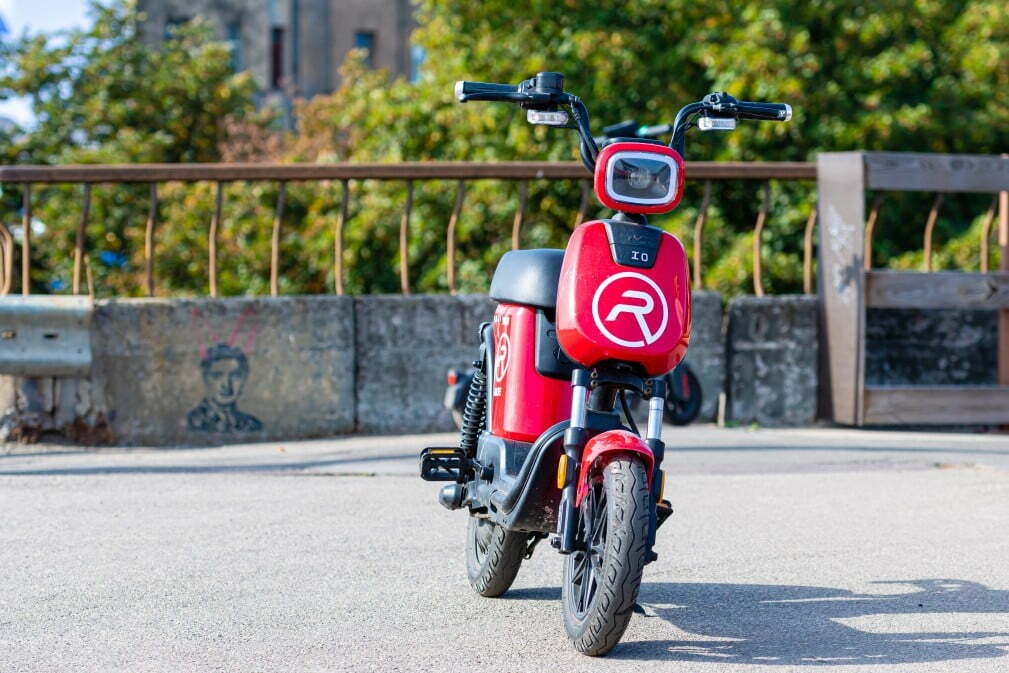
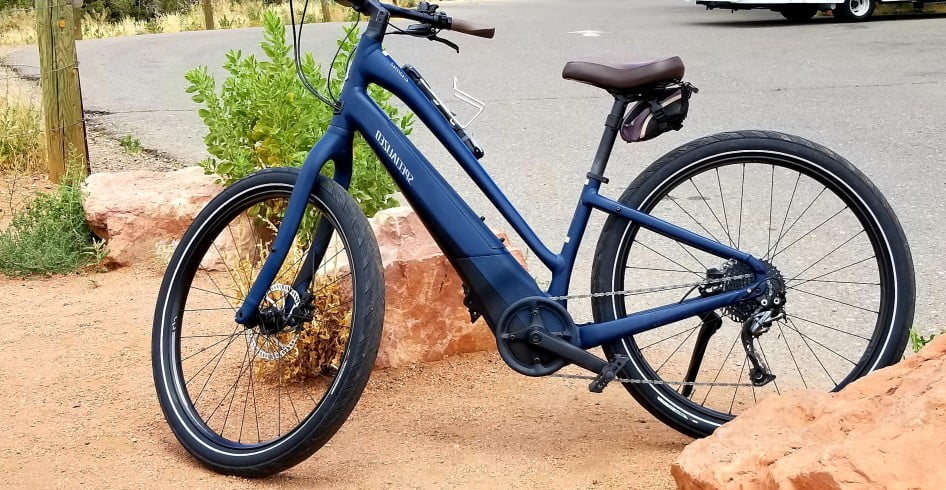
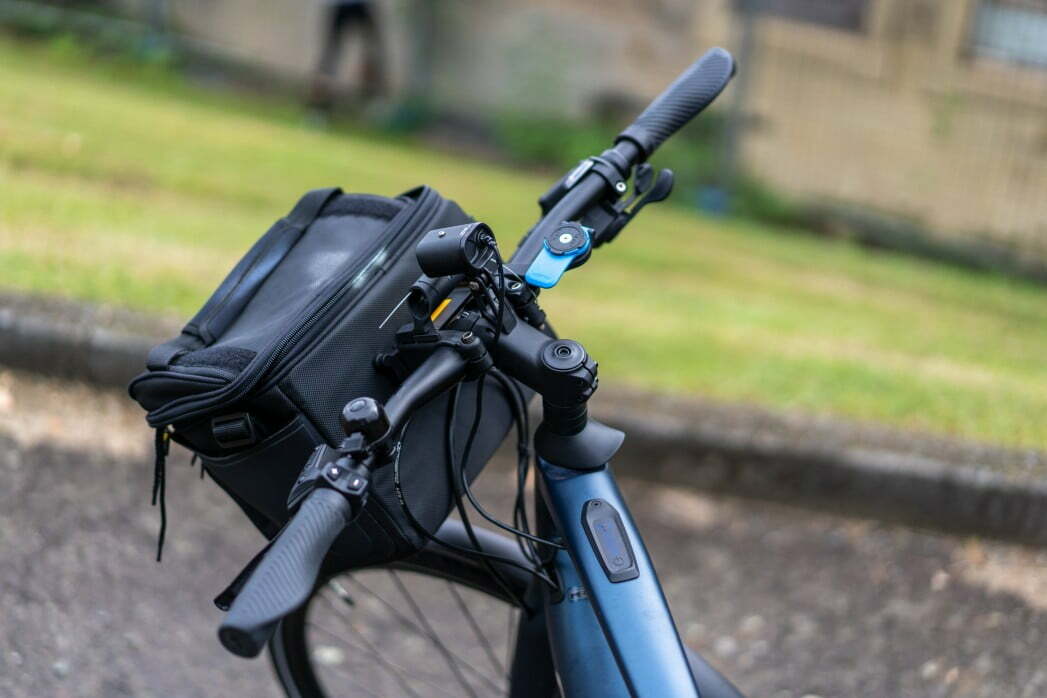
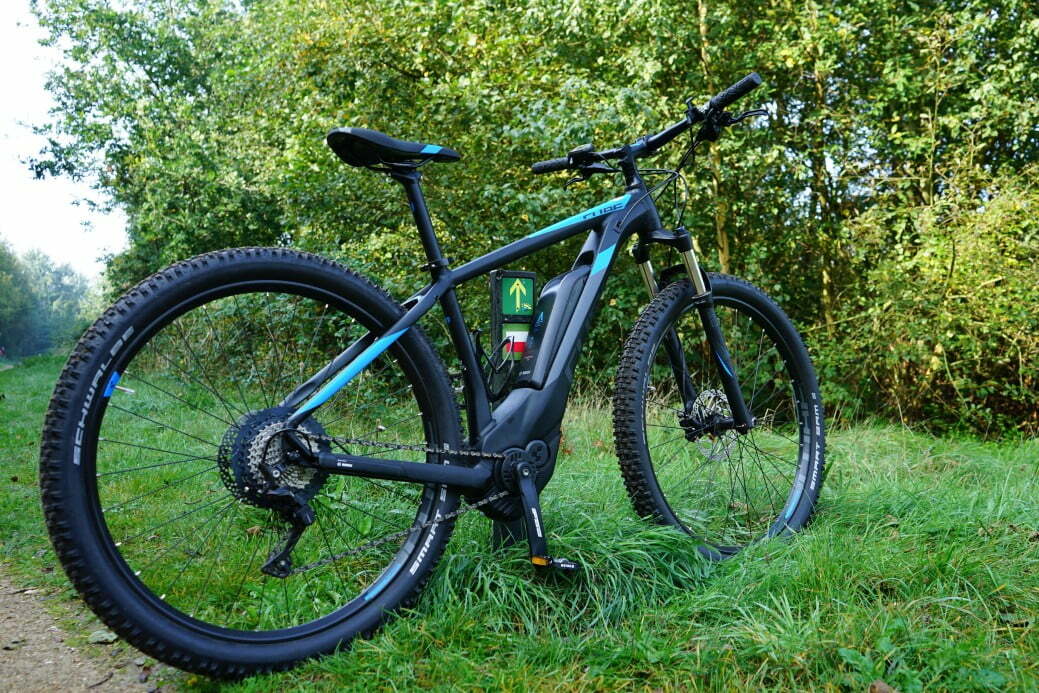
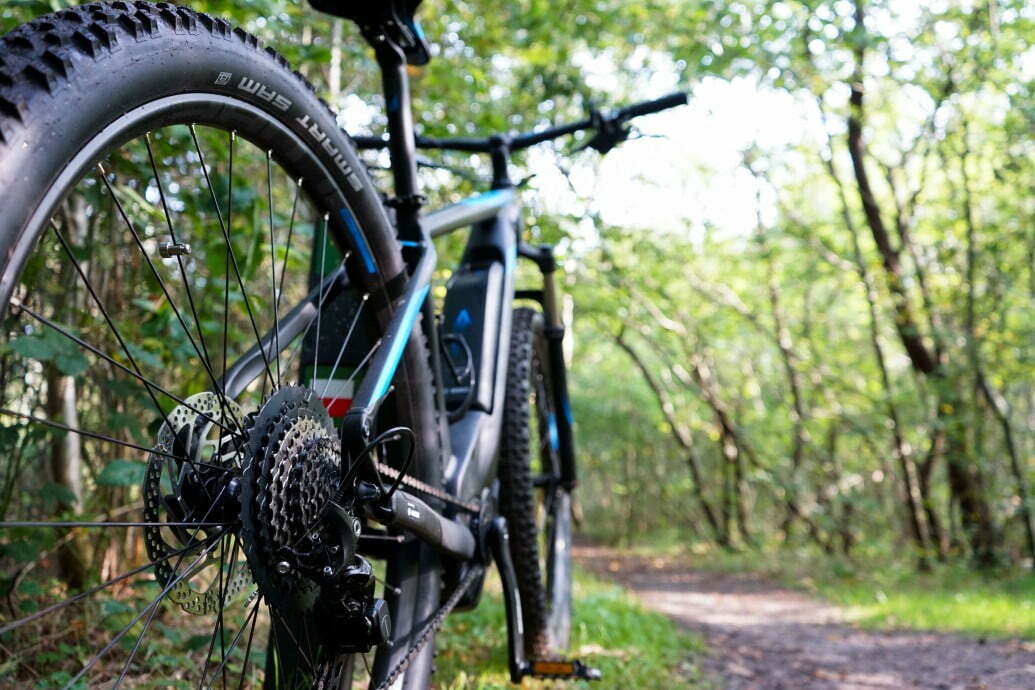
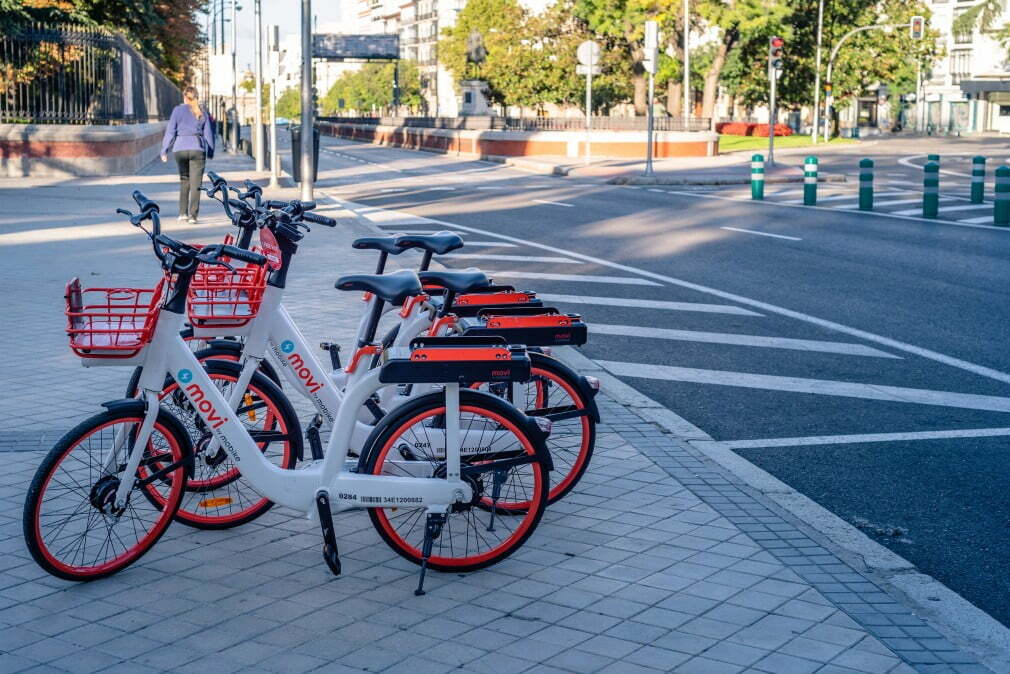
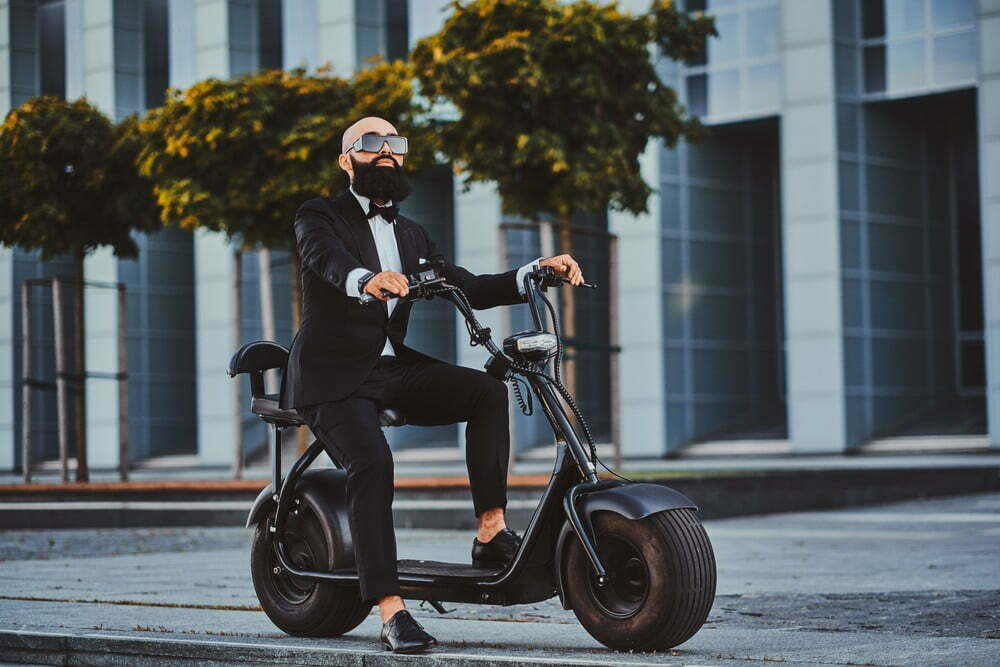
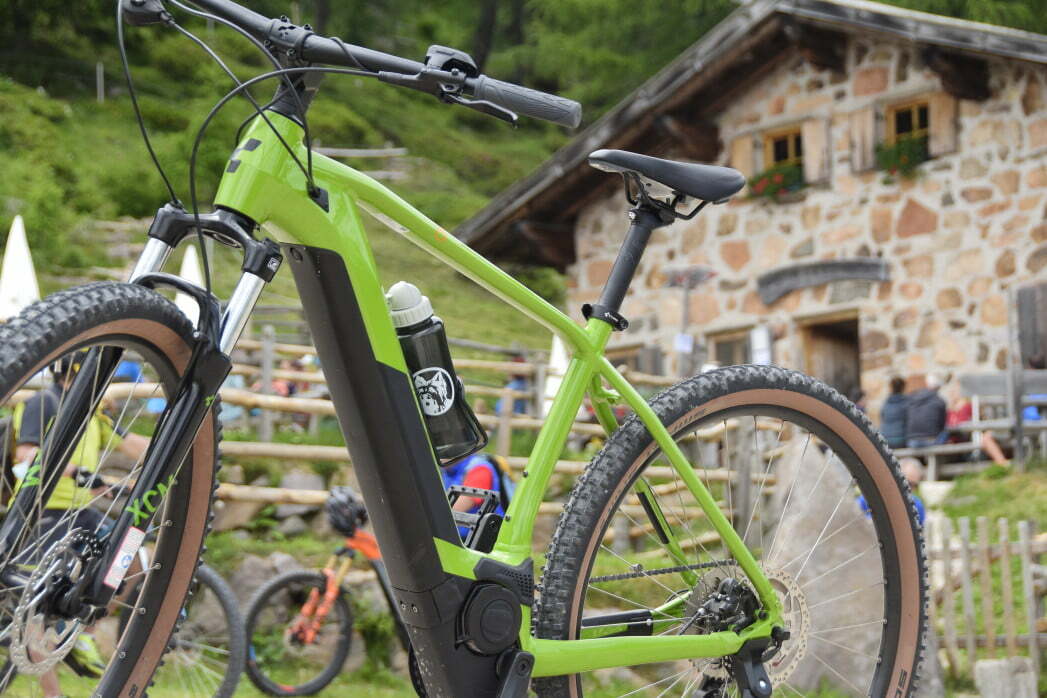
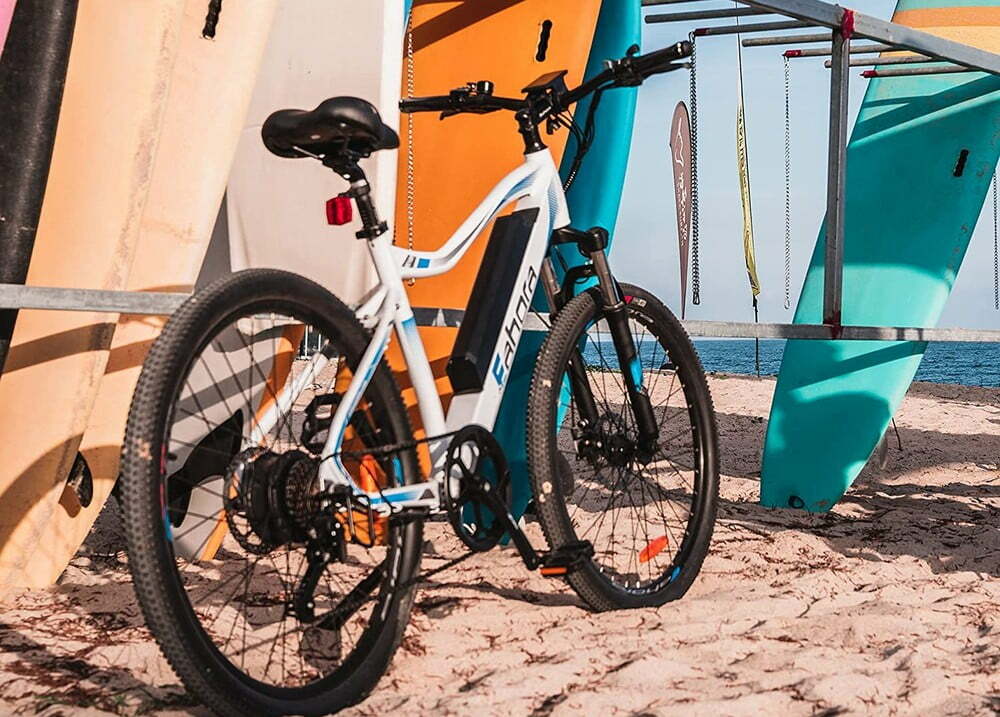
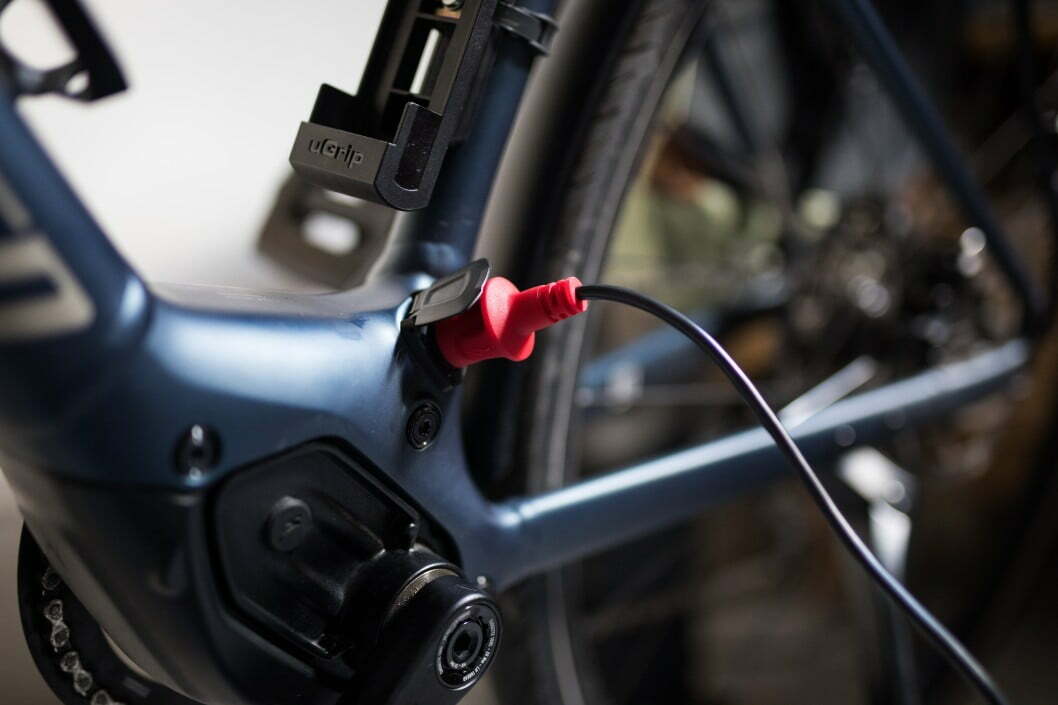
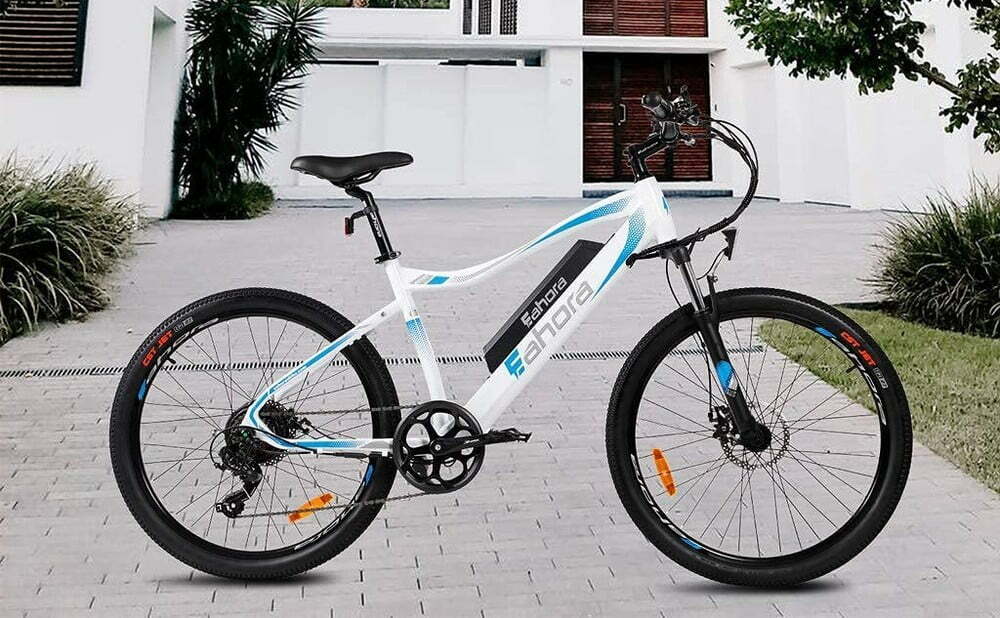
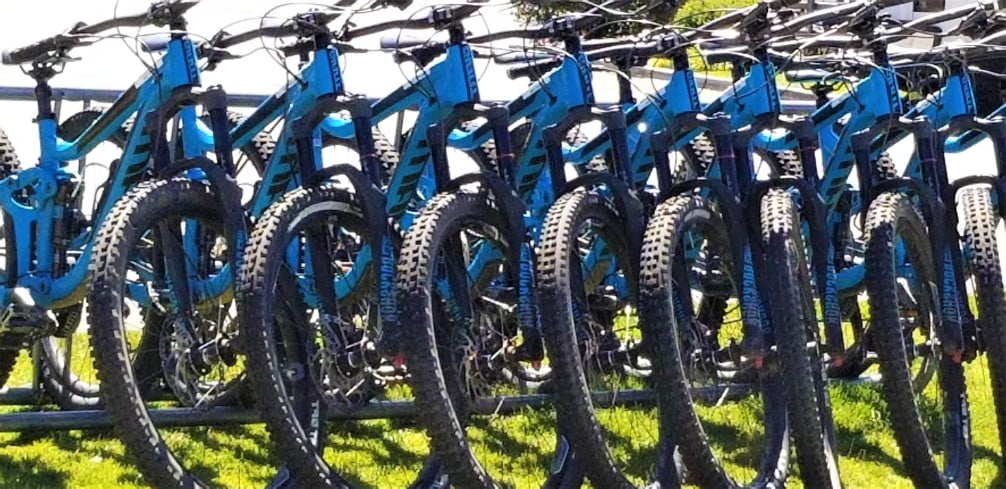

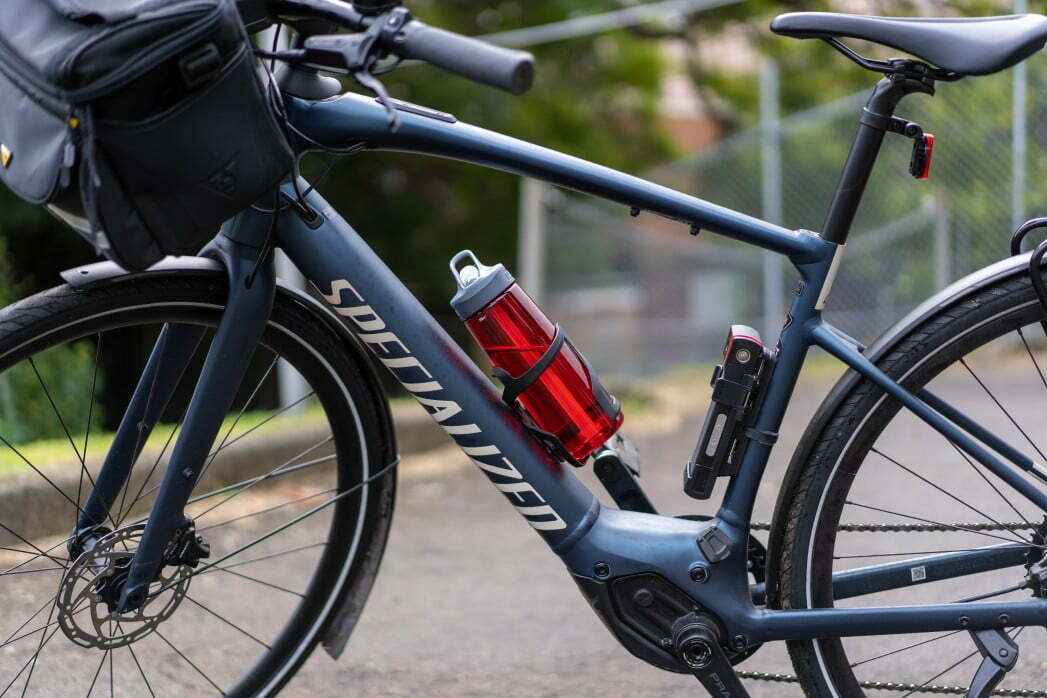
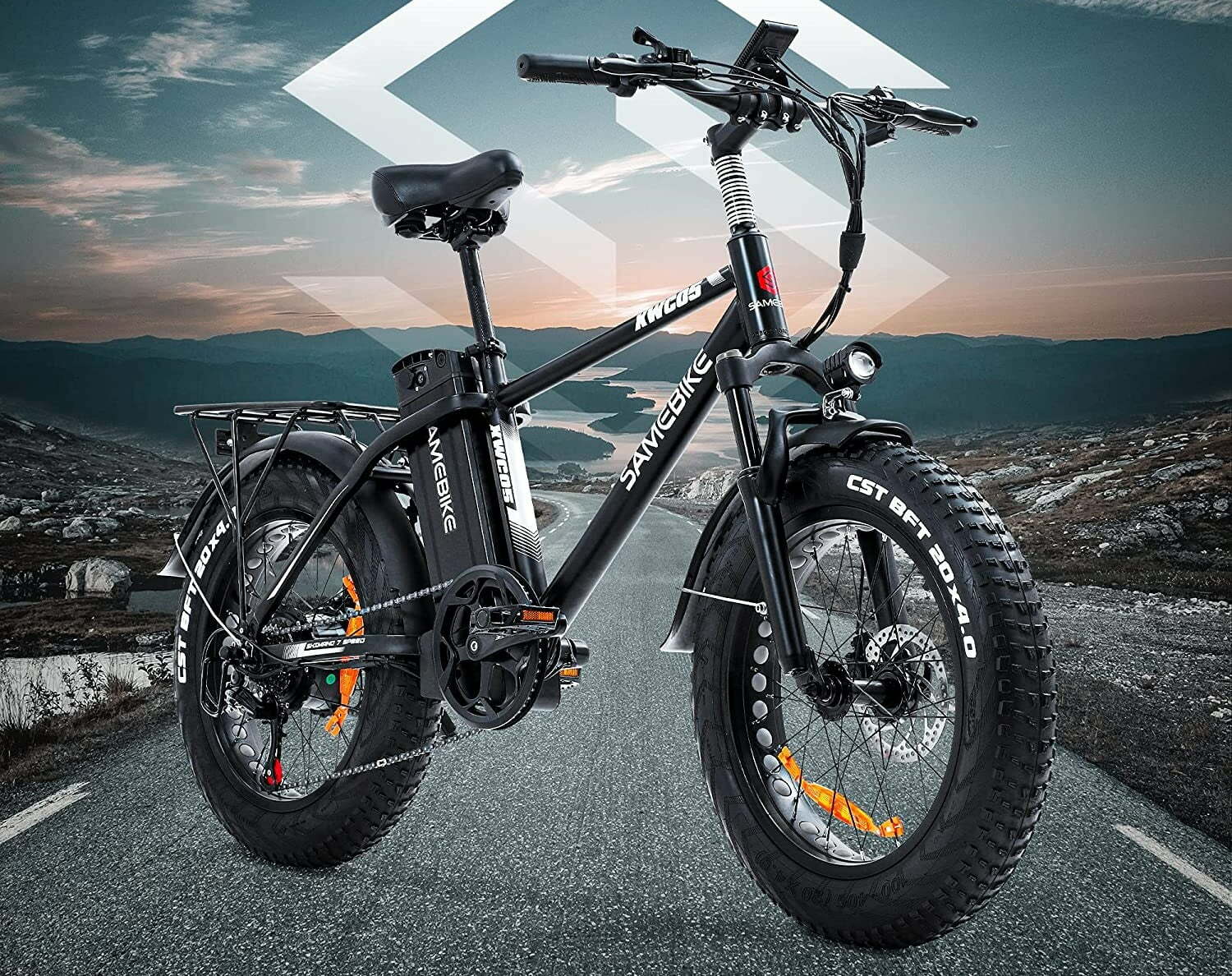
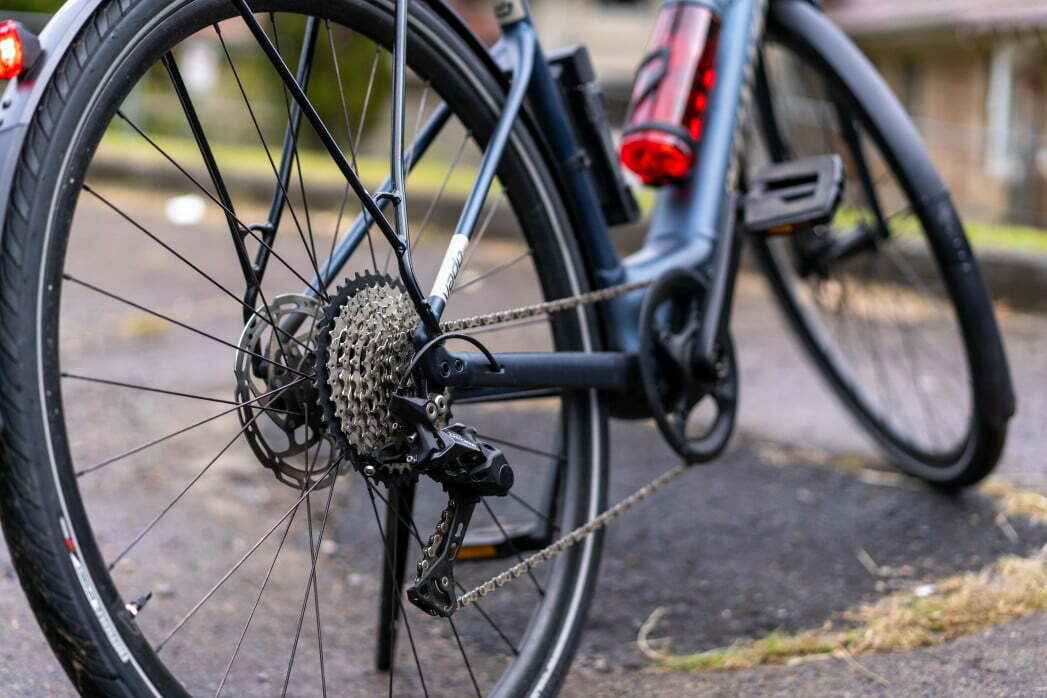
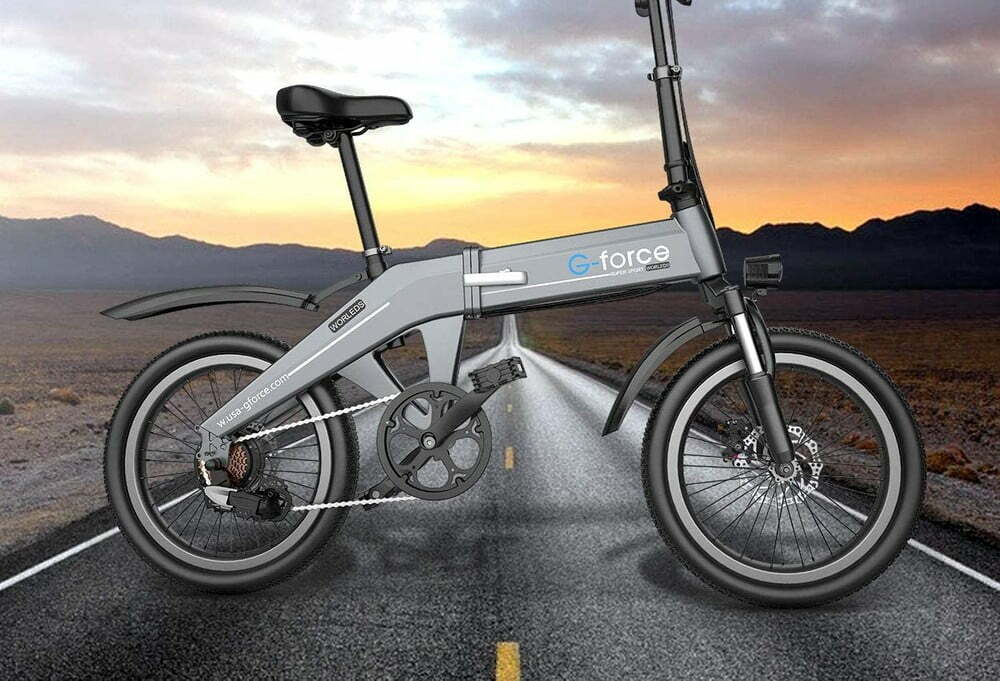
![Best Electric Bike in [year] ([month] Reviews) 27 Best Electric Bike in 2026 (January Reviews)](https://www.gadgetreview.dev/wp-content/uploads/elby-s9-750x422-1.png)
![Best Bikes in [year] ([month] Reviews) 28 Best Bikes in 2026 (January Reviews)](https://www.gadgetreview.dev/wp-content/uploads/cheapest-electric-bikes-1.jpg)
![Best Front Drive Electric Motor Bikes in [year] 29 Best Front Drive Electric Motor Bikes in 2026](https://www.gadgetreview.dev/wp-content/uploads/best-front-drive-electric-motor-bikes-image.jpg)
![Best Cannondale Electric Bikes in [year] 30 Best Cannondale Electric Bikes in 2026](https://www.gadgetreview.dev/wp-content/uploads/best-cannondale-electric-bikes-image.jpg)
![Best Luna Cycle Electric Bikes in [year] 31 Best Luna Cycle Electric Bikes in 2026](https://www.gadgetreview.dev/wp-content/uploads/Luna-Cycle-Apex-Electric-Bike.webp)
![Best Rad Power Electric Bikes in [year] 32 Best Rad Power Electric Bikes in 2026](https://www.gadgetreview.dev/wp-content/uploads/best-rad-power-electric-bikes-image.jpg)
![Best Rear Drive Motor Electric Bikes in [year] 33 Best Rear Drive Motor Electric Bikes in 2026](https://www.gadgetreview.dev/wp-content/uploads/best-rear-drive-motor-electric-bikes-image.jpg)
![Best Ebike Conversion Kits in [year] 34 Best Ebike Conversion Kits in 2026](https://www.gadgetreview.dev/wp-content/uploads/best-ebike-conversion-kit.jpg)
![Best Electric Bike Locks in [year] 35 Best Electric Bike Locks in 2026](https://www.gadgetreview.dev/wp-content/uploads/best-electric-bike-locks-image.jpg)
![Ebikes with Longest Range in [year] 36 Ebikes with Longest Range in 2026](https://www.gadgetreview.dev/wp-content/uploads/best-ebike-with-longest-range-image.jpg)
![Best Electric Bike Trailers in [year] 37 Best Electric Bike Trailers in 2026](https://www.gadgetreview.dev/wp-content/uploads/best-electric-bike-trailers-image.jpg)
![Best Bike Rack for Electric Bikes in [year] 38 Best Bike Rack for Electric Bikes in 2026](https://www.gadgetreview.dev/wp-content/uploads/best-bike-rack-for-electric-bikes-image.jpg)
![Best Electric Bike Helmets in [year] 39 Best Electric Bike Helmets in 2026](https://www.gadgetreview.dev/wp-content/uploads/best-electric-bike-helmets-image.jpg)
![Best Throttle Electric Bikes in [year] 40 Best Throttle Electric Bikes in 2026](https://www.gadgetreview.dev/wp-content/uploads/best-throttle-electric-bike-image.jpg)
![Lightest Electric Bikes in [year] 41 Lightest Electric Bikes in 2026](https://www.gadgetreview.dev/wp-content/uploads/lightest-electric-bike-image.jpg)
![Best Schwinn Electric Bikes in [year] 42 Best Schwinn Electric Bikes in 2026](https://www.gadgetreview.dev/wp-content/uploads/Electric-Bikes-image.jpg)
![Best All Terrain Electric Bikes in [year] 43 Best All Terrain Electric Bikes in 2026](https://www.gadgetreview.dev/wp-content/uploads/best-all-terrain-electric-bike-image.jpg)
![Best Cheapest Electric Bikes in [year] 44 Best Cheapest Electric Bikes in 2026](https://www.gadgetreview.dev/wp-content/uploads/cheapest-electric-bikes.jpg)
